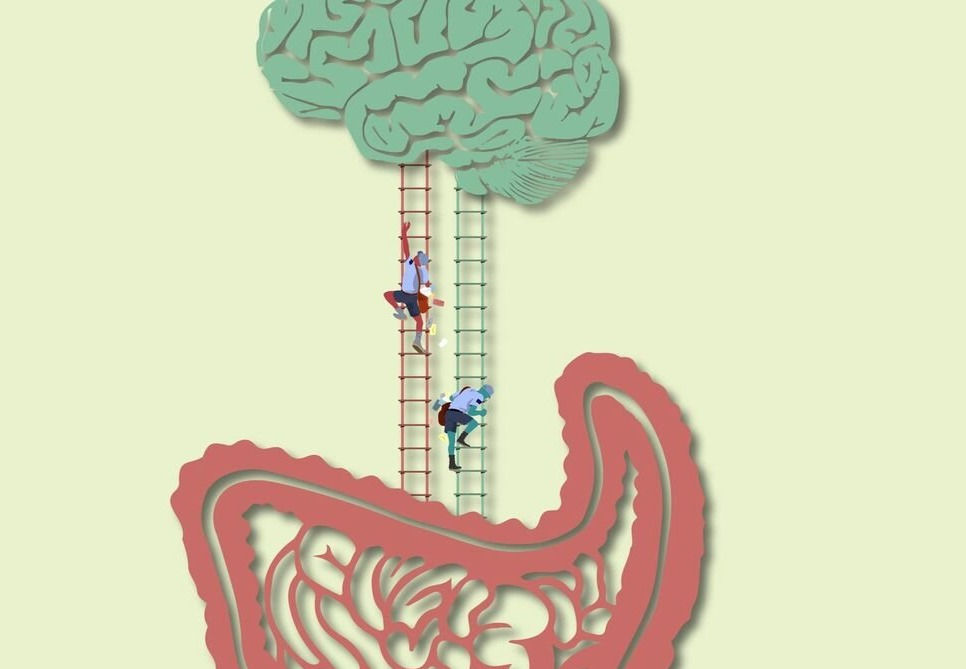The Future of Medicine & Tissue Engineering: Bioprinting
- Ananya
- Jul 24, 2024
- 3 min read
Bioprinting, with its ability to use biological materials as ink to create cell patterns and tissues using 3D printing technologies, has emerged as a groundbreaking advancement in the field of medicine and tissue engineering. The distant idea of printing human tissues and organs that once sounded like science fiction is today quickly becoming a reality. This technology’s implications are far-reaching and vast, offering an innovative solution to some of the most pressing medical challenges we face today, including organ shortages and tissue damage.
Traditional tissue engineering techniques such as scaffold-based approaches - where cells are seeded onto a biodegradable scaffold to grow into the desired tissue - are often limited such that they face issues related to cell distribution, vascularization, among others. On the contrary, bioprinting offers a way to meticulously place cells in a 3-dimensional structure, mimicking the natural organization of human tissue. This precision is provided by bioinks (materials that contain living cells), which are deposited layer by layer to build complex tissue structures - much like how one could imagine stacking hot glue from a hot glue gun.
Although bioprinting is undeniably revolutionary to medicine, it does not come without its challenges. Among one of these issues is one faced by traditional tissue engineering techniques, and that is addressing the complexity of human tissues. Organs such as the liver, heart, and lungs have intricate structures and require the interplay and combination of different specialized cell types to function properly. Recreating these structures and their roles requires not only advanced printing techniques but also the development of new bioinks that can support cell growth and function as well as a deeper understanding and application of tissue biology.
Ensuring that these printed tissues are vascularized (having a network of blood vessels to supply nutrients and oxygen) additionally is critical for the survival and integration of such print products into the body - and this is no small feat.
In such discussions of creating human tissues and organs, questions regarding the moral implications of such advancements arise. For instance, should there be limits on the types of tissues and organs that can be printed? How do we ensure equitable access to these potentially life-saving technologies? To address these questions, a multidisciplinary approach - that involves not only scientists and engineers but also ethicists, policymakers, and the public - is required.
Despite these concerns, the potential benefits of bioprinting are too significant to merely glaze over. Bioprinting presents a future where organ transplants are no longer limited by donor availability. Patients that suffer from conditions like severe burns, heart disease, or really any type of organ failure could receive customized tissues and organs tailored to their specific needs and regardless of any kind of availability, reducing the risk of rejection, ensuring access, and thereby improving patient outcomes. Additionally, bioprinting could accelerate drug development by providing more accurate models of human tissues for testing new treatments, reducing the reliance on animal models and increasing the efficiency of the drug discovery process.
Today, researchers are rapidly making strides in developing new bioinks, improving printing techniques, and exploring ways to vascularize printed tissues. Interdisciplinary collaboration coupled with substantial investment and innovation is critical; the multifaceted challenges of this technology must be addressed by bringing together experts in materials science, biology, engineering, and ethics.
As someone who has recently been exposed to the possibilities of bioprinting, the idea and practice of such a thing has come to influence and promote my career aspirations. As an intersection of materials, medicine, and engineering, bioprinting ultimately has the potential to help create a future where customized tissues and organs are a reality for patients in need. While significant technical and ethical challenges remain, innovation and collaboration can pave the way for breakthroughs that will save lives and improve healthcare outcomes. By continuing to push the boundaries, bioprinting’s potential is boundless.




Comments